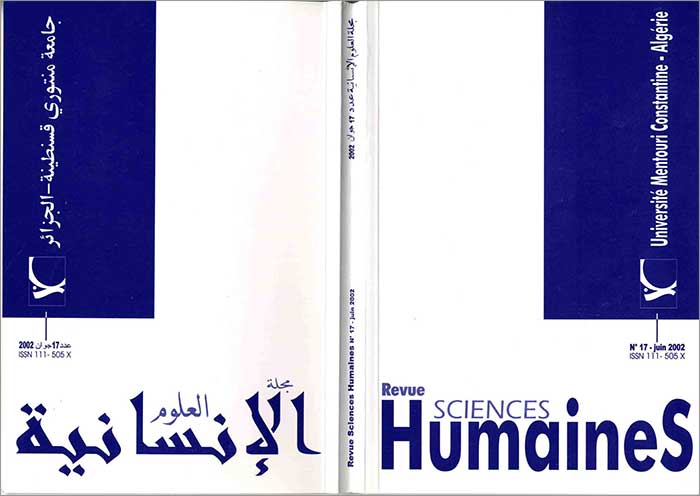Adapting and/or adopting non-authentic and genuine materials for an ERP context, towards a stereotype-free thinking English
Résumé
Language teachers have understood that to enliven the classroom they needed to teach realism ; thus they needed real-life materials.
This is indeed what we want to teach our learners : how to do meaningful things inside and outside the classroom setting.
In the article, I discuss the different materials as non-authentic and how and when the practitioner has to use them so as to bring excitement and enjoyment in his class, to teach the student to understant the language he is learning, and to comprehend how native speakers construct the language they speak. The student has to understand, for example, funny remarks, not because he has been told that they are funny but that he thinks that they are so.
Likewise, with such materials, and with the teacher’s expertise, our learners will move straightforwardly from one restricted context of communication to a broader and more natural one.
Téléchargements
Références
Brown G., and G. Yule, "Discourse Analysis", C.U.P., (1984).
Davy, Derek, "Advanced English course the linguaphone institute", (1971).
Lowe, Bill, "Thinking English" in MET modern English teacher, John Corah Ltd. Louhborough ,vol. 8, n°3, (1981), pp.34-36.
McArthur A., Foundation course for language teachers cambridge laguage teaching library, (1983).
McLean, Alan, "Authentic speech" in MET Modern English Teacher, (1981), vol. 8, n°3, pp. 6-9.
Mead, Richard, "Students needs and the authenticity of ESP materials", in ESP Journal, (1978), pp 17-22.
Robinson, Pauline, "ESP Today". A practitioner’s Guide Prentice Hall, (1991).
Ur. Penny, "Teaching Listening comprehension", C.U.P., (1987).
Widdowson, H.G., "Learning purpose and language use Oxford": O.U.P., (1983).












